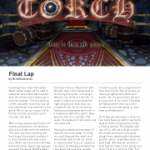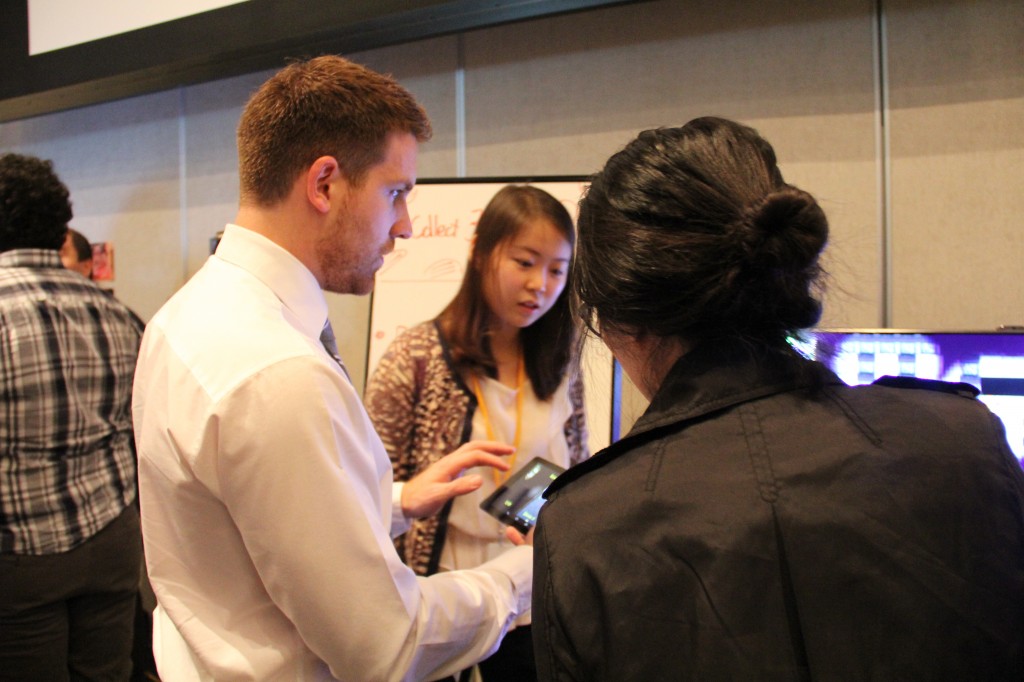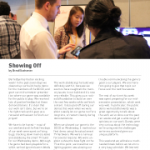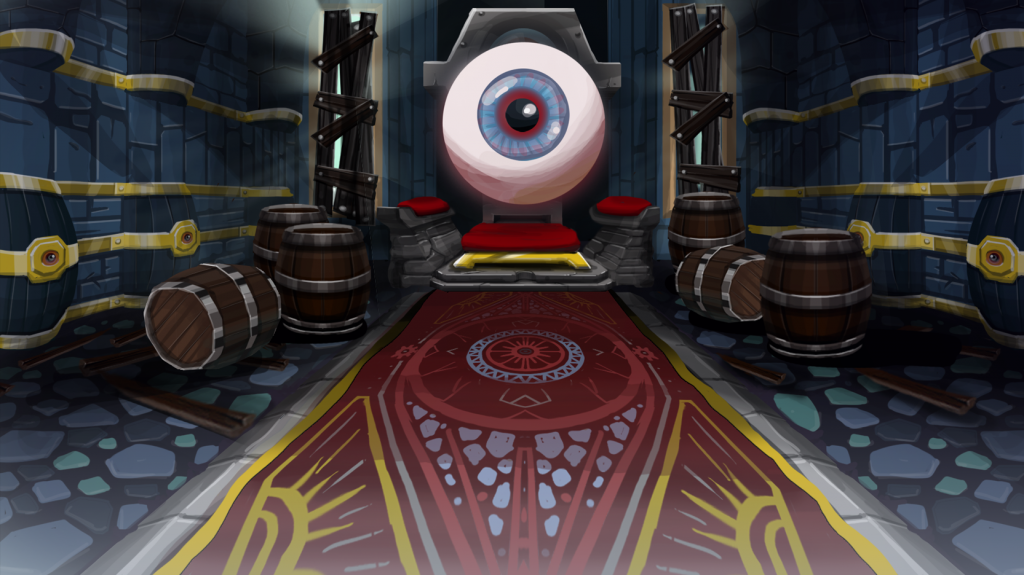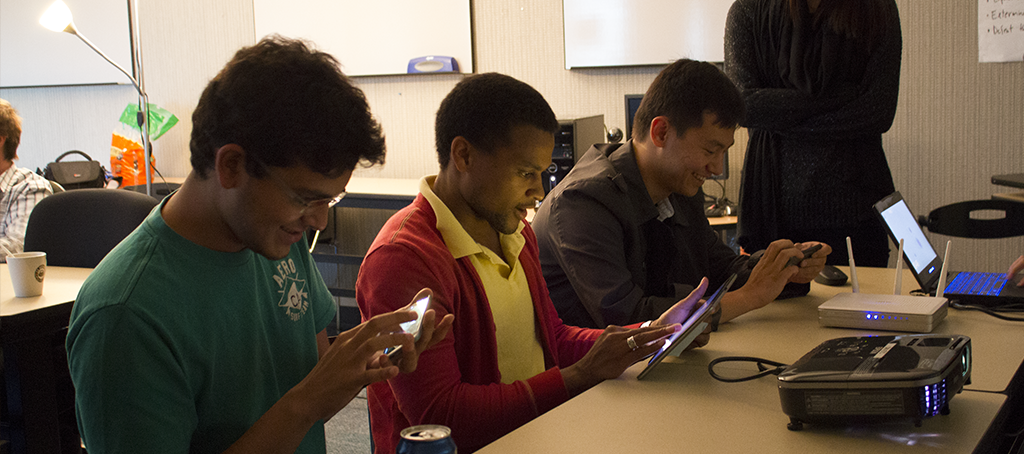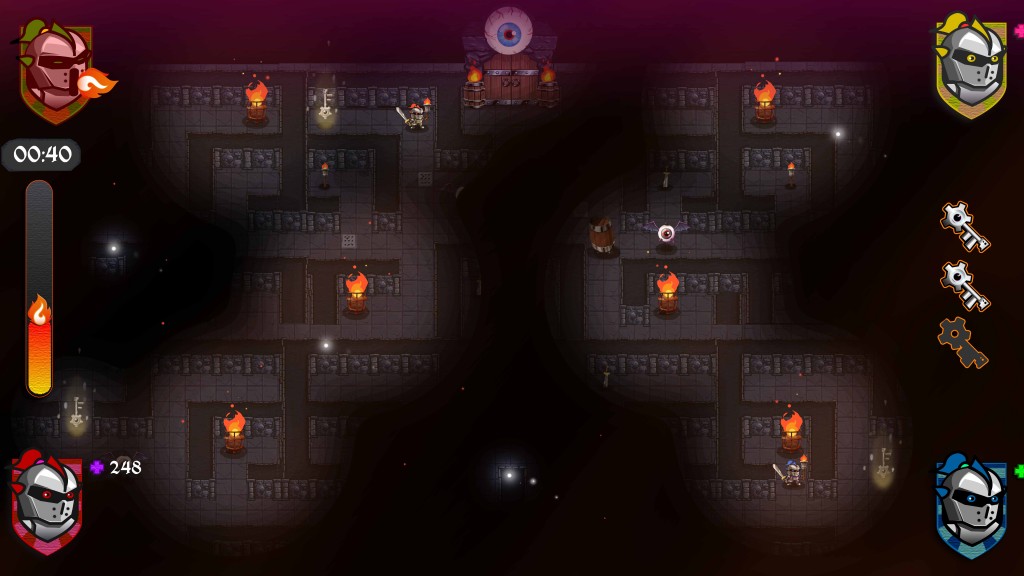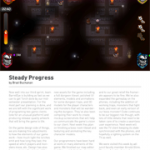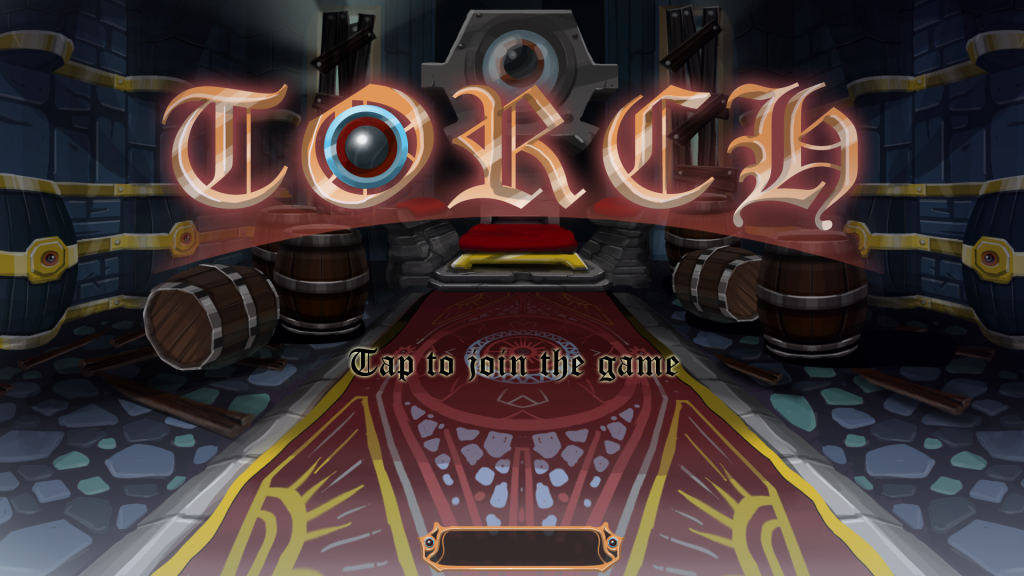
Greetings from team BarrelEye! Week eleven began with a restful weekend, and ended with several days of intense work leading up to another playtest. Torch is starting to feel complete, and every day we see substantial improvement to the game. We’ve cut our scope a little further and set ourselves up for success next week.
After a busy week preparing for our halves presentation, we intentionally took a break over the weekend. The team has been working very hard to get the project to where it is, and recovery time was necessary. When we returned on Monday we had another day of rest because we spent the day at Wildlife Safari with the other ETC students! It was a good break for us.
On Tuesday it was time to get back to work, and for us that meant planning our fourth sprint. Due to the recent change in our deadline, this will be the last sprint before we submit our game to our client for final review on November 20th. We also have some milestones to hit during this sprint, including a demo to our client on the 12th. In order to make sure we show the right progress at each step, we compiled a list of the remaining features and assigned each one to a milestone within the sprint. Now we have four mini-sprints: This week, this weekend, next week, and next weekend.
Having this detailed breakdown of features has been great. It’s kept our work focused this week, and we’ve been able to tell our client in advance what they can expect at the demo on Monday and what the final build will look like. In addition, it was useful when we realized we needed to cut a few features. We could look at our schedule and very quickly see what features we simply wouldn’t have time for.
Wednesday was our best work day this week, with long blocks of time where everybody was available in the same space. Our programmers have become the hub of activity, as making bugfixes and loading art assets into the game have become a major part of our work. Thursday we had another field trip, so the remaining time was spent on bugfixes and stablization.
On Friday we were able to drop in a few more features before we held a playtest with a large group of high school students! The playtest was lots of fun. We got a large number of surveys back and some great insight from watching the students play the game, especially about our boss fight. Afterwards, we discovered that the high school group had given Torch it’s all-time-high “fun” rating!
We’re feeling good about the game, and hoping we can keep our energy up for the next ten days as we finish the project. Check in with us next week when we’re days away from the end!

